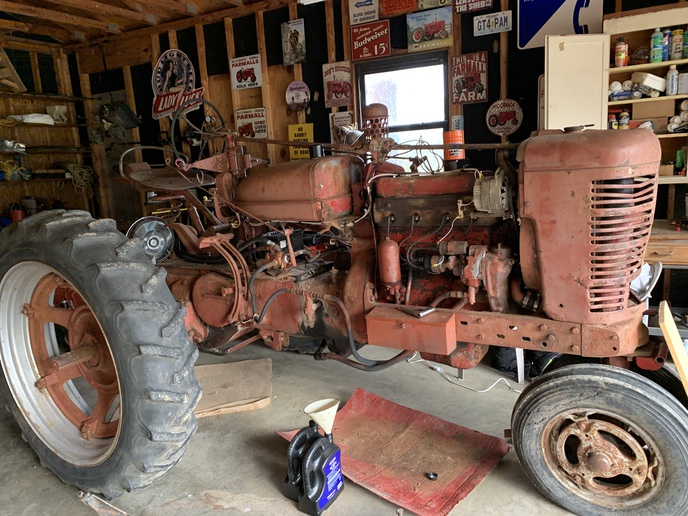1939farmall
Member
This is the initial start up after getting the tractor back together. I have no doubt I?ve got something wrong. When I crank the tractor with the choke on the throat of the carb just loads up with fuel and runs out. With the choke off I get no fuel. Either way I?m not getting fuel to the cylinders, the plugs are dry as a bone. Anybody know what the fuel and air screws should be set to? The book doesn?t say. Heres what I?ve done on the fuel system: new sediment bowl, new fuel filter, fresh gas, new needle and seat, new float pin, check the float for 1 5/16? travel per the repair book. New gaskets in the carb, cleaned all the port in the carb. What the heck am I missing. Oh and the distributor is froze in place but I figure if I?m not getting fuel there is no point in messing with the ignition yet. Thanks for your ideas!



